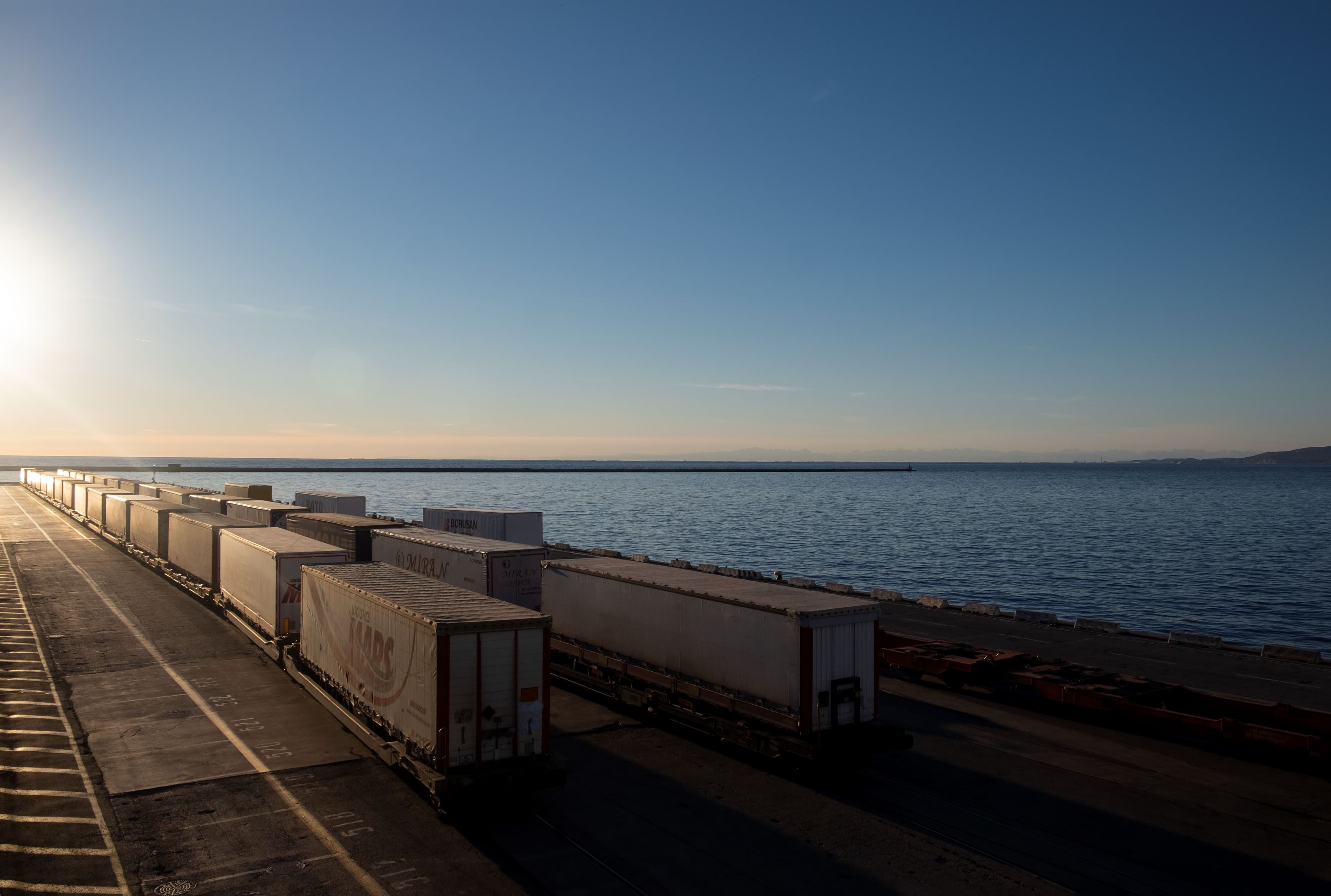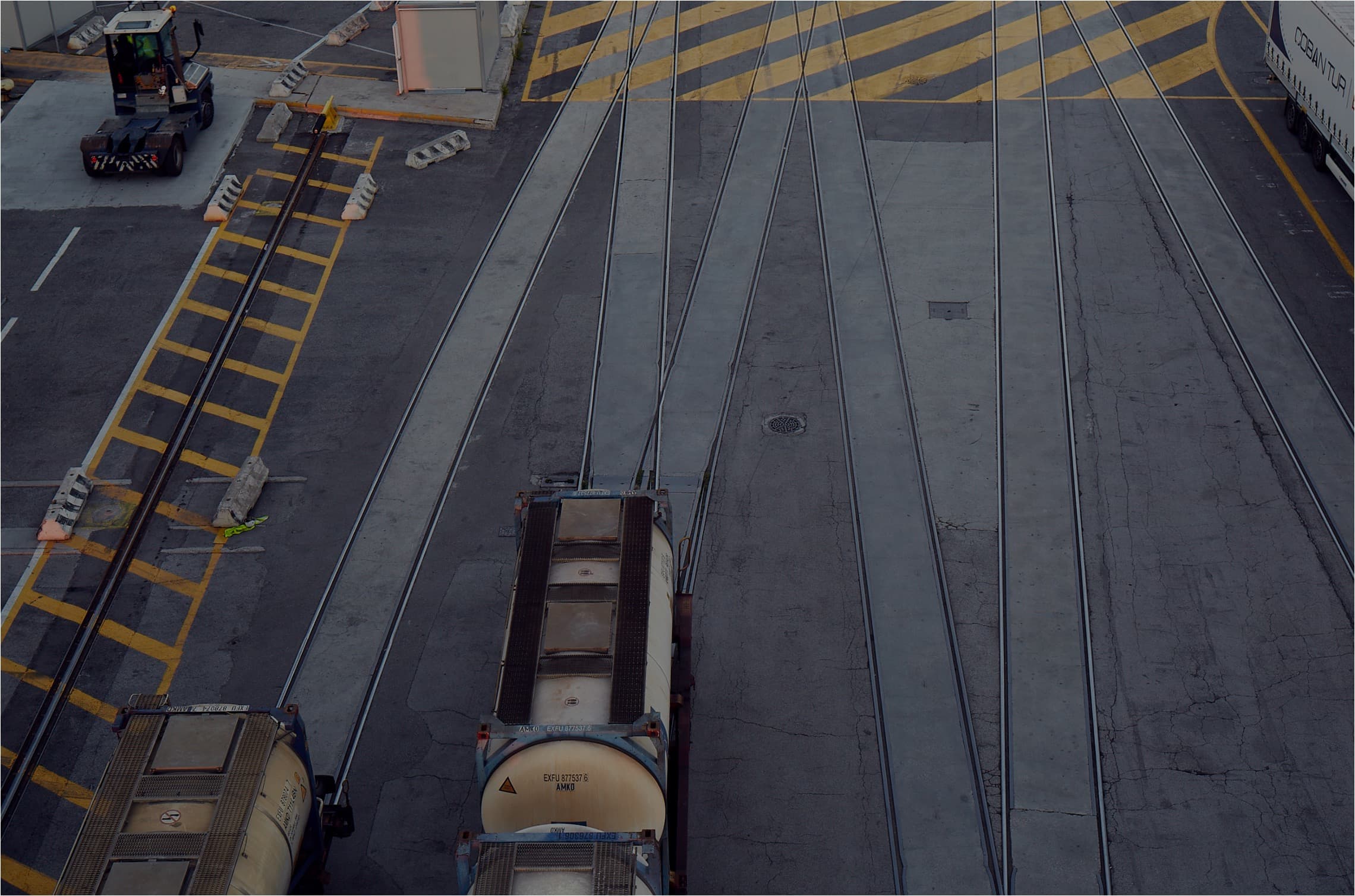An explicit commitment
As a company with an explicit and embedded commitment to decarbonisation itself, DFDS is determined to do all it can to meet the needs of partners and customers with emissions reduction goals of their own.
However, this does raise a tension that’s impossible to ignore: because whilst a company that is, say, signed up to the Science Based Targets initiative might ideally want to see its goods transported exclusively in trucks or vessels that are using alternative fuels, practically, this won’t always be possible. There are infrastructure and cost limitations that mean decarbonisation solutions can’t necessarily always be available precisely where there is the desire - and willingness to pay - for them (to read an article that explores these limitations in more detail, click here).
One way of dealing with the disconnect between a customer demand for ‘greenness’, and the industry’s ability to deliver it, has historically been through offsetting. This involves funding projects, usually unrelated to a company’s own operations, that reduce greenhouse gas emissions elsewhere; effectively ‘writing off’ carbon-emitting activities against carbon-reducing ones. But this approach is unsatisfactory for a range of reasons: not least because it lacks accountability, often masking an organisation’s real environmental impact rather than driving meaningful change.
Instead, we prefer to focus on insetting: that is, directly reducing emissions within our own value chain, and actively supporting more sustainable practices where they make the most impact.

Across the industry, there are three different ways of achieving this:
1. Direct tracking This is the ‘ideal’ solution as described above: so, the customer’s desire for a decarbonised solution is matched by its availability for the required route, meaning that the customer’s goods can be entirely transported on an alternatively-fuelled vehicle. However, this needs to be considered in the context of an overall approach to sustainability, in which the reduction of energy consumption is always the first priority. If direct tracking results in a longer route, or a less than completely full vessel, for example, then the CO2e savings made by that customer could end up being wiped out by missed opportunities to make savings against the wider greenhouse gas budget.
2. Mass balance With this approach, you put a certain amount of alternative fuels into an overall network, calculate the resulting reduction in emissions - then sell only that amount of reductions to customers, regardless of where they are actually travelling. In other words, a customer may have their goods on a vessel fuelled by diesel; but pay for reductions achieved by a different vessel on another route, to the same value as the weight and distance they actually travelled. This is a flexible and scalable solution, but it does require enough customers on board to make buying the fuel feasible; and a sophisticated level of understanding from everyone across the network.
3. Book and claim This is more of an industry-wide solution. Technically, it is very similar to mass balance; but different vessels or companies book their carbon intensity into a central system, from which customers claim the intensity they wish to buy. Such systems are already used in other hard to abate sectors, like electricity and aviation; a leading pilot project for shipping is the Maritime Book & Claim system, developed by the Mærsk Mc-Kinney Møller Center for Zero Carbon Shipping, RMI, Danish Shipping, and Maersk Oil Trading, about which more information can be found here.
The aim in each case is the same: to track emissions throughout the chain of custody, linking reductions to customers’ commitments and associated financial contributions - enabling credible certificates to be issued, documenting the amount of CO2e savings in the course of a business’s transport activity. The tricky sell here is that there is an increased level of abstraction as you move through the solutions. Everyone can understand what it means when a company says, ‘Our goods reach you on vehicles that emit X% less greenhouse gases than if we were using diesel!’. You can even add ‘green’ branding to those vehicles, making the decarbonisation contribution highly visible. Mass balance and book and claim are somewhat more opaque in terms of explaining what is happening - despite the fact that when you look at the overall picture, the savings are the same, or in fact, even greater.
But it’s these indirect solutions that will get us, as an industry, closer to a situation where decarbonised transport is not only there for customers who want is; but the default. The more willing companies are to pay into the system as a whole in order to achieve their individual emissions reduction targets, then the more available, and affordable, alternative fuels will become - it’s a question of everyone keeping their eyes on the ultimate prize: net-zero. Conversely, if those companies with the most ambitious emissions reduction targets can’t be persuaded to invest in mass balance or book & claim, then the maritime industry as a whole will struggle to move fast enough in the right direction and bring down the cost of sustainable transport for all.
Our task, then - our duty, even, as a large enough player to take bold action - is to make sure that the indirect solutions we offer are as credible, transparent and attractive as possible; giving our customers the confidence they need in their Scope 3 emissions reporting, and building momentum for industry-wide transition.
Download our white paper below, informing about our direct and indirect solutions, the techniques we use for decarbonisation, and our data-sharing and certification processes.








